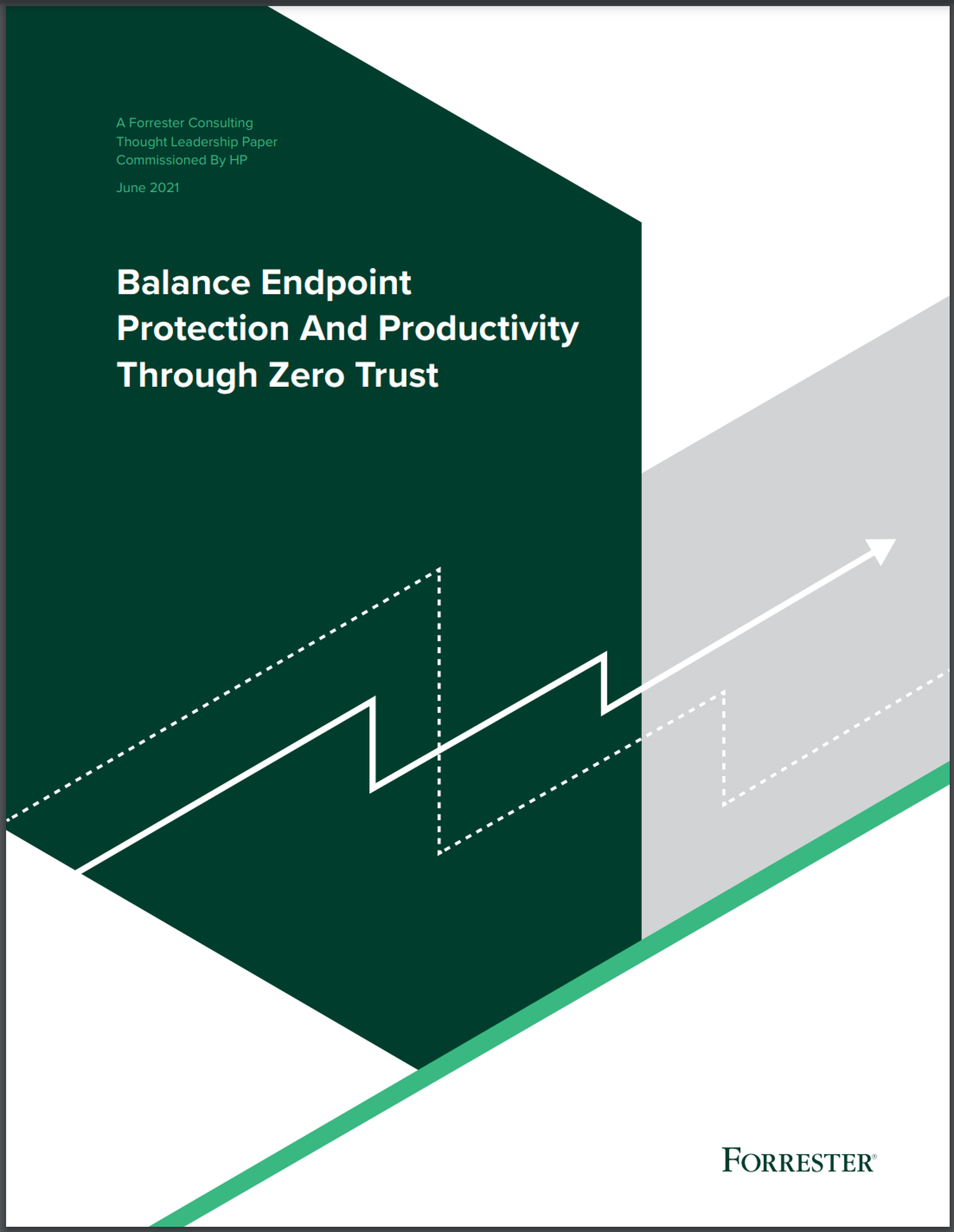Discussion Topics
As companies adapt to an increasingly remote workforce, security leaders are struggling with an explosion of devices requiring sensitive corporate data access outside of the traditional security perimeter. Attackers leverage gaps in protection measures exposed by this expanding attack surface to move laterally through corporate networks and compromise sensitive assets. To limit this risk, companies must adopt a Zero Trust (ZT) strategy for endpoint devices that eliminates default assumptions of trust between endpoint hardware, apps, data, and network resources, while continuously evaluating risk for access control decisions.By adopting a Zero Trust strategy, security and risk (S&R) professionals will more effectively manage and compartmentalize risk associated with providing sensitive corporate resource access to remote workers and their devices. This requires coordination between the different endpoint threat prevention and detection technologies, including native OS security and hardware security measures. Ultimately this puts S&R professionals in a better position to handle new and existing threats while helping to balance security with employee experience (EX). HP commissioned Forrester Consulting to evaluate the potential benefits and challenges of a Zero Trust approach to endpoint security. Forrester conducted an online survey of 607 director-level and above IT security professionals with responsibility over network security/hardware security to uncover these trends.
